Common Annual Delphinium Problems
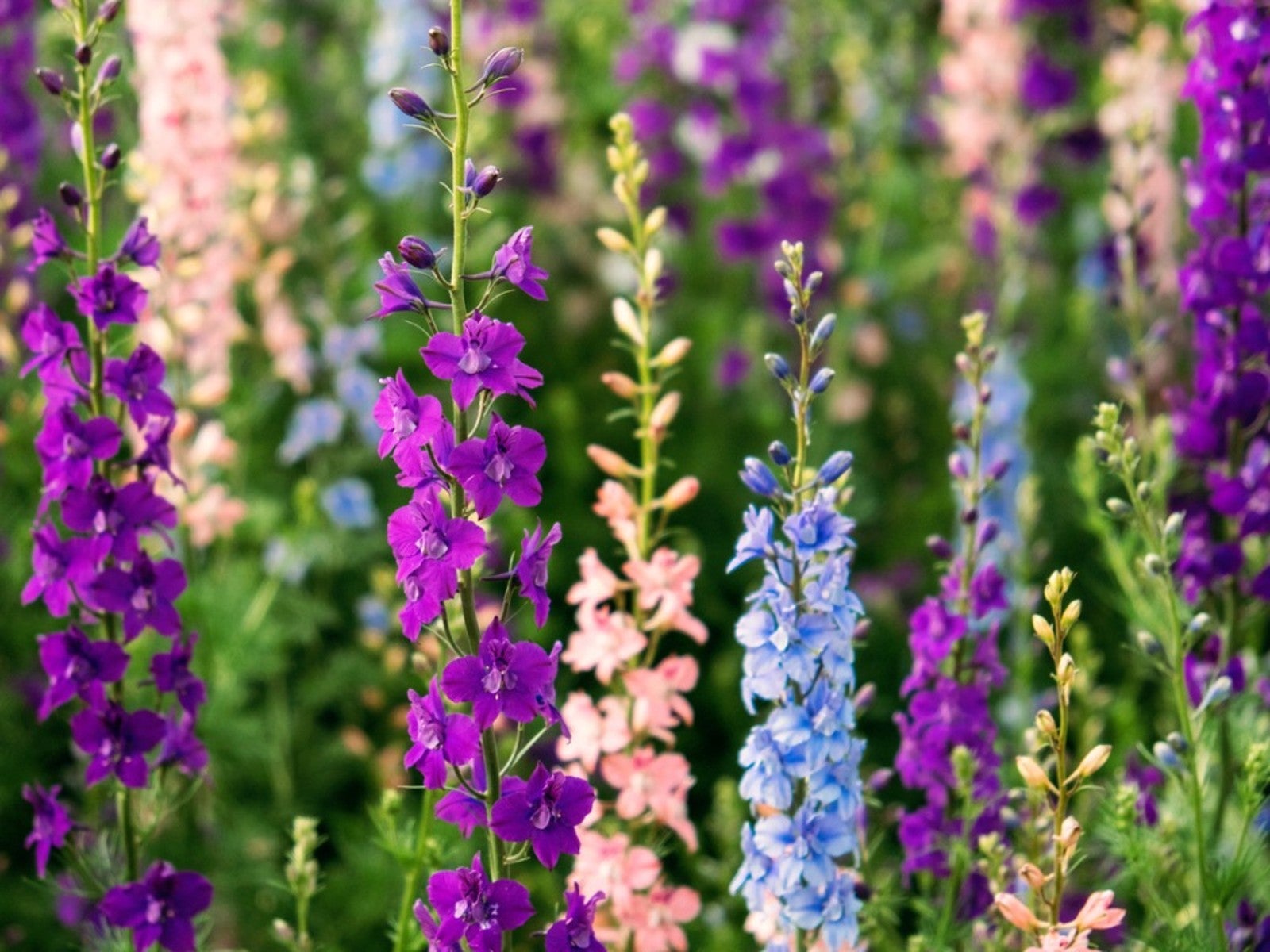

Larkspur is a pretty blue, purple, pink, and white flower and the designated bloom for July birthdays. Also known as delphinium, pests and diseases of larkspur can ruin your flower bed and chance at cutting flowers for arrangements. These are some of the most common delphinium problems, how to identify them, and the fix.
Delphinium Pests
Larkspur is susceptible to damage and infestation by several types of pests:
- Aphids. These little insects feed on larkspur and reduce their growth. Aphids are easy to identify by the honeydew they leave on the flowers and foliage. Often, fungus grows on the honeydew. You can use certain species of midges to biologically control aphids or use neem or an insecticidal soap.
- Cyclamen mites. Mites feed on delphinium, resulting in distorted and stunted growth of buds and flowers. They thrive in the humidity around buds deep in the plant. Look for the characteristic damage to identify mites, which are less than half a millimeter in size. Because they get so deep into plants, you need a finely misted chemical spray to get to them.
- Slugs and snails. These larger species can do significant damage to larkspur plants. It helps to change the environment around plants, so they don’t have shelter. Clean up the area, removing rocks, lawn debris, boards, logs, and weeds. You can also handpick them after dark, use traps with beer, and create barriers around plants.
Diseases of Delphiniums
Other problems with delphiniums are the many diseases that can affect them:
- Bacterial leaf spot. To identify this disease, look for black spots on leaves. They don’t rub off and grow larger over time, eventually merging with each other. It occurs and spreads most rapidly in wet conditions. Prevent leaf spot by watering the soil and trying to keep leaves dry and with enough space for airflow. Remove any diseased leaves as soon as you see them. There is no reliable chemical control for this disease in larkspur.
- Botrytis blight. This is a fungal infection that attacks flowers in particular. Look for a gray mold to identify it. Chemical control of botrytis is difficult because the fungus has evolved resistance to many substances. Keep plants dry and allow airflow to prevent the infection.
- Powdery mildew. Powdery mildew is another fungal disease that causes white spots on leaves, stems, and flower buds. You’ll also see disfigured and twisted leaves and flowers or buds that don’t open. You can manage powdery mildew with an appropriate fungicide.
- Seedling rot. Check larkspur seedlings regularly for signs of infection by Pythium water molds. They cause water-soaked and tan-colored spots on the roots and stems. Prevent rot with well-draining soil and good airflow, using a fungicide as needed.
Delphinium can be a tricky ornamental to grow. If you know how to prevent and identify problems early, you’ll be rewarded with beautiful flowers.
Gardening tips, videos, info and more delivered right to your inbox!
Sign up for the Gardening Know How newsletter today and receive a free copy of our e-book "How to Grow Delicious Tomatoes".

Mary Ellen Ellis has been gardening for over 20 years. With degrees in Chemistry and Biology, Mary Ellen's specialties are flowers, native plants, and herbs.
-
 Try The Trend – Turn Any Bed Into A Keyhole Garden With This Clever In-Ground Composter
Try The Trend – Turn Any Bed Into A Keyhole Garden With This Clever In-Ground ComposterKeyhole gardening is an efficient and sustainable practice that saves space. Get started on this DIY project quickly and easily with an in-ground composter.
By Bonnie L. Grant
-
 4 Superfast Composting Methods: Turn Waste Into Garden Gold In 30 Days Or Less
4 Superfast Composting Methods: Turn Waste Into Garden Gold In 30 Days Or LessTry the fastest composting methods to turbocharge your pile and transform kitchen scraps and garden waste into finished compost in just a few weeks.
By Mary Ellen Ellis
-
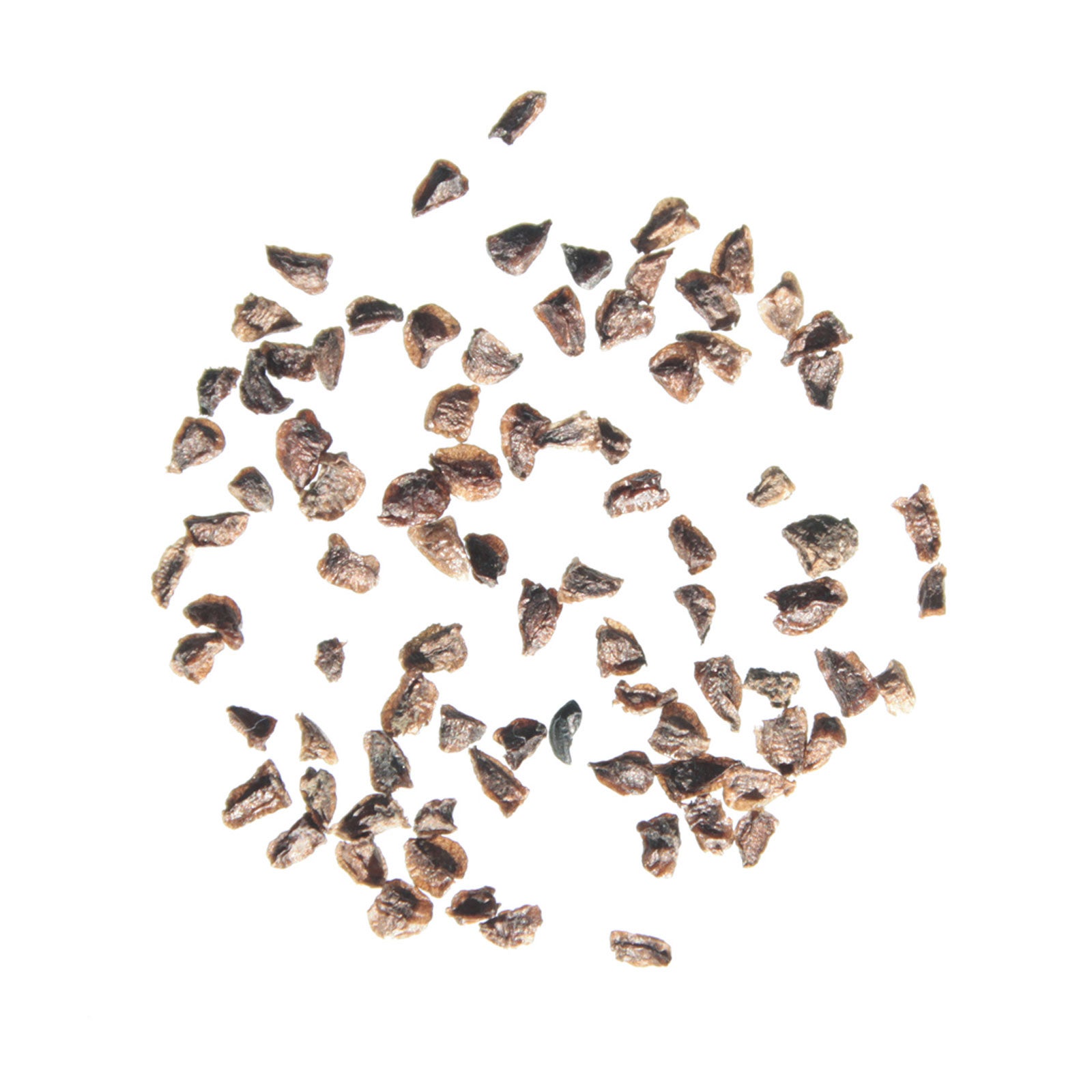 Delphinium Seed Planting: When To Sow Delphinium Seeds
Delphinium Seed Planting: When To Sow Delphinium SeedsDelphinium is a striking flowering perennial with spikes of stunning small flowers in blue, deep indigo, violent, pink, and white. However, these flowers require a lot of work. If you’re prepared to put in the time, click here to learn about growing delphiniums from seed.
By Mary Ellen Ellis
-
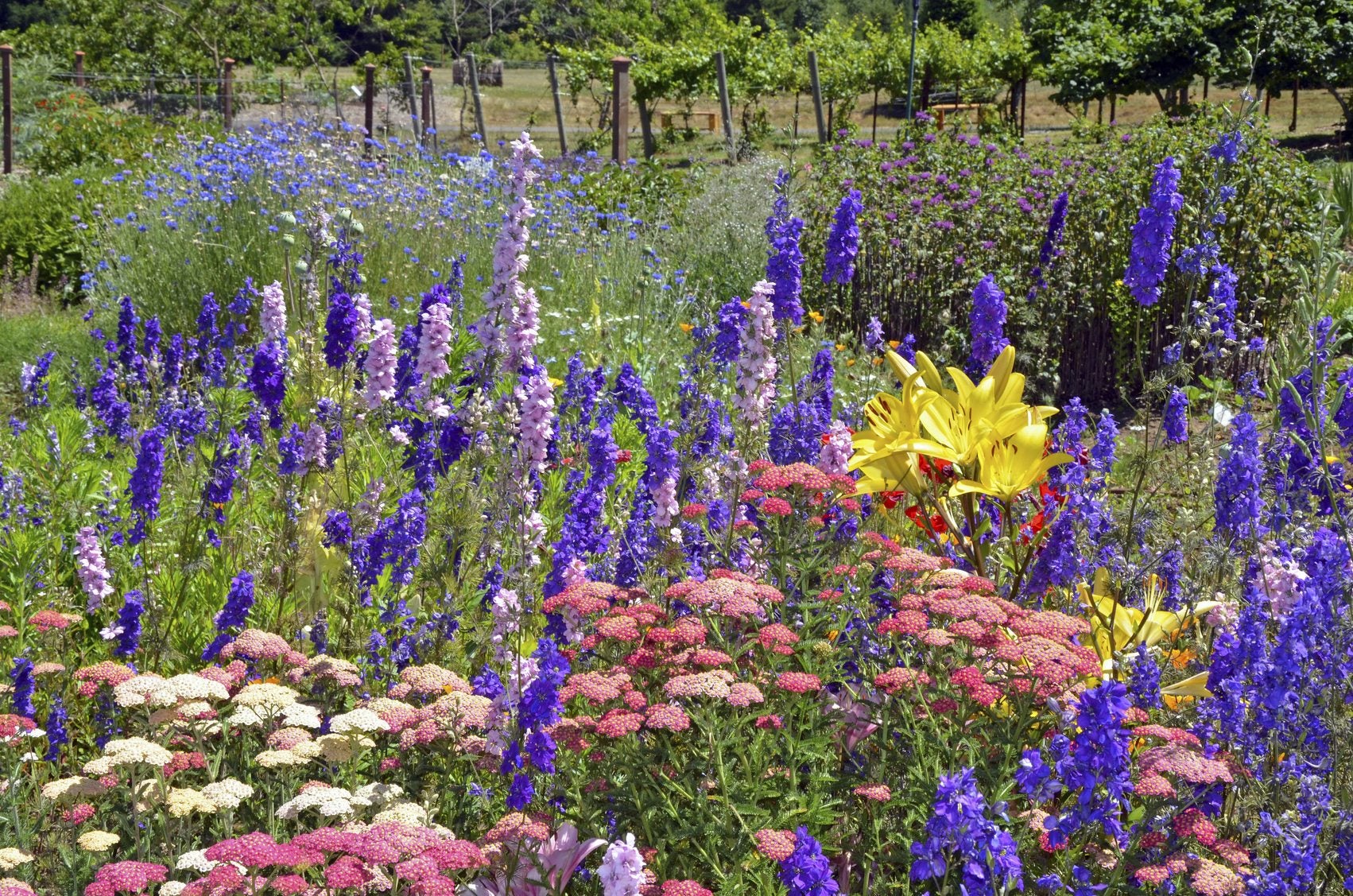 Delphinium Companion Plants – What Are Good Companions For Delphinium
Delphinium Companion Plants – What Are Good Companions For DelphiniumNo cottage garden is complete without graceful delphiniums standing tall in the background. Delphinium flowers were often used in wedding bouquets and garlands along with lilies and chrysanthemums. Learn about other companions for delphinium in this article.
By Darcy Larum
-
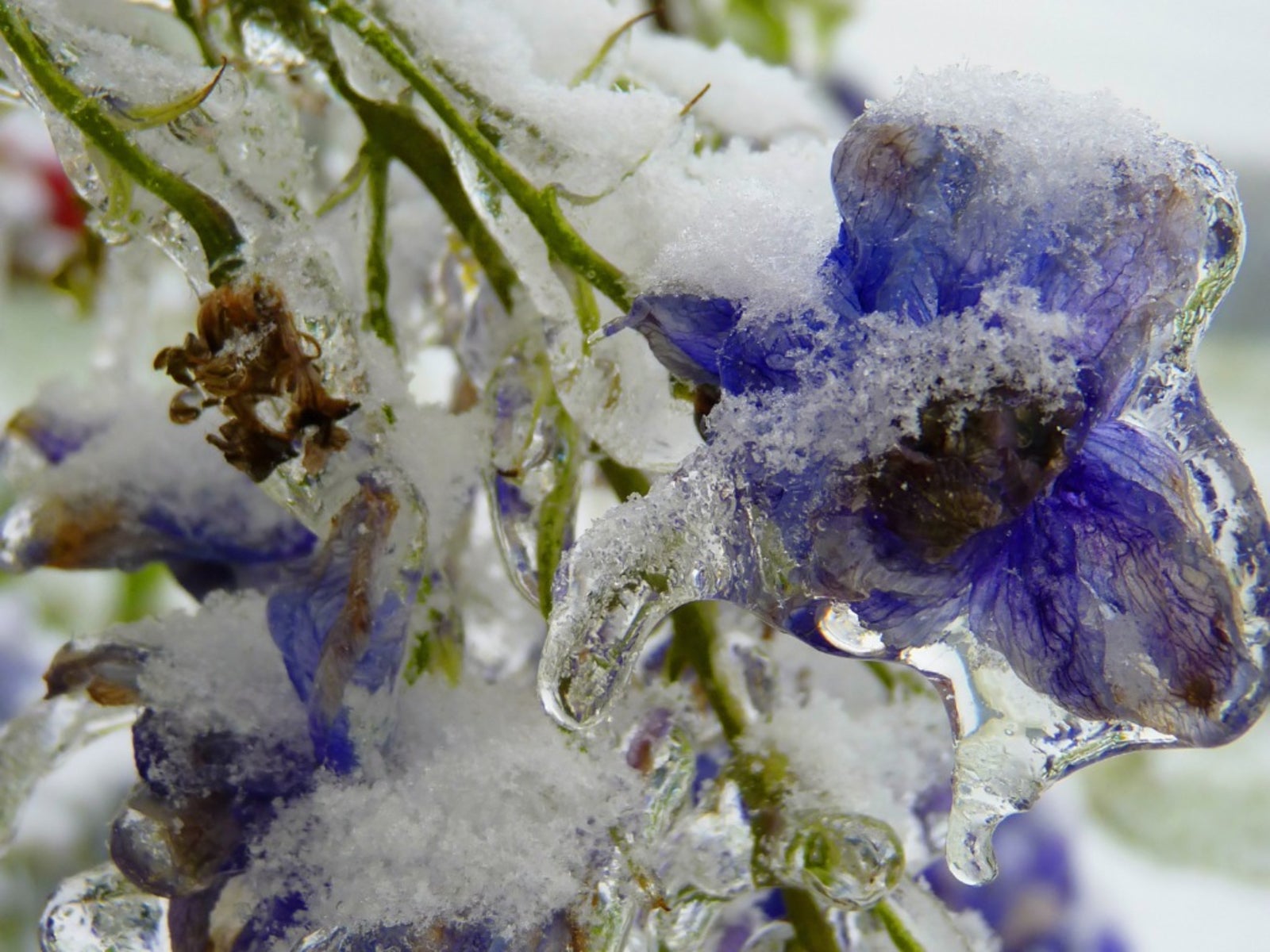 Delphinium Winter Care: Preparing Delphinium Plants For Winter
Delphinium Winter Care: Preparing Delphinium Plants For WinterDelphinium is a stately plant with tall, spiky blooms that beautify the garden in early summer. Although these hardy perennials require a minimum of care, a few simple steps will ensure they survive winter cold unscathed. Click here to learn more.
By Mary H. Dyer
-
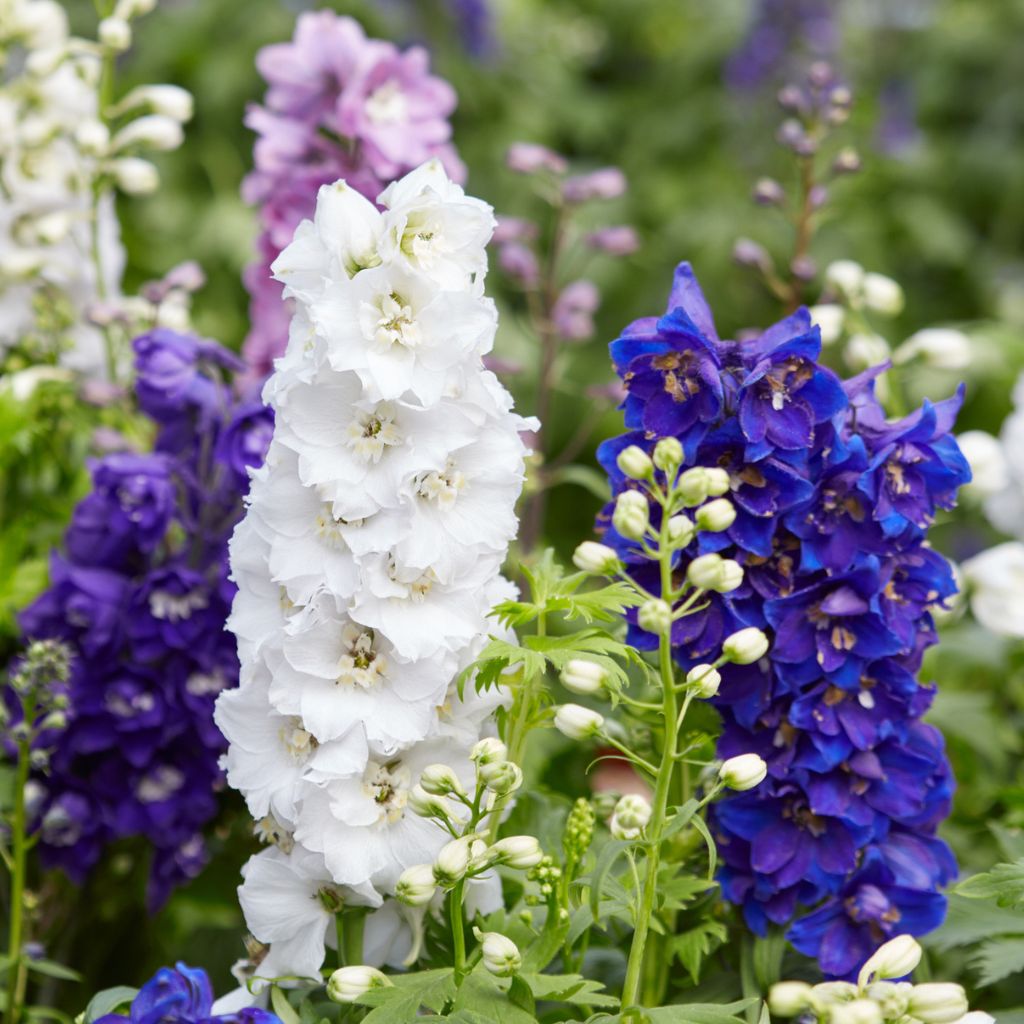 Care Of Delphinium Flowers: Tips For Growing Delphinium Plants
Care Of Delphinium Flowers: Tips For Growing Delphinium PlantsWhat are the secrets to the correct care of delphinium? Read this article for tips about delphinium planting and how to get the best performance from growing delphinium plants.
By Becca Badgett